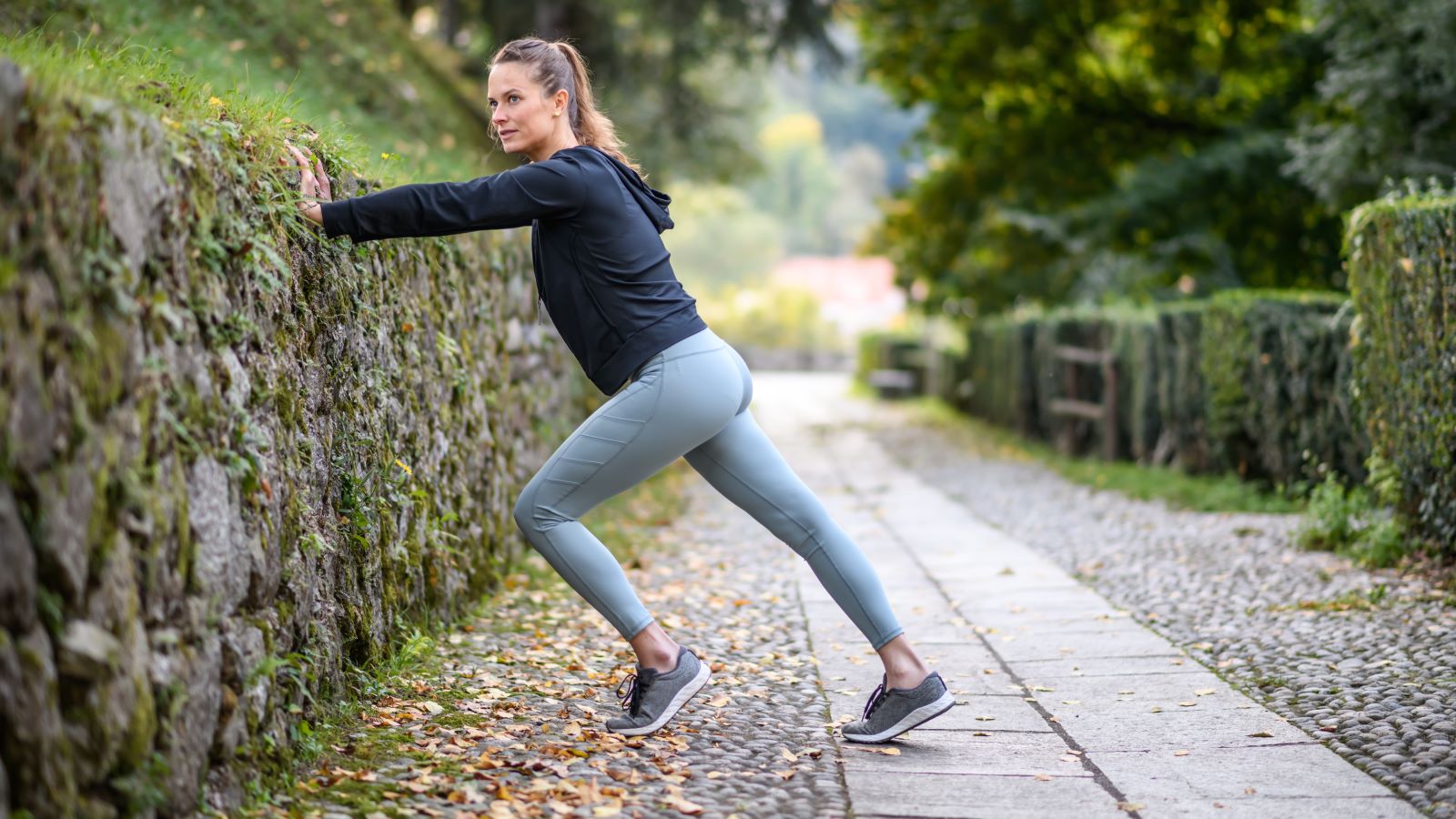<< Back
Why Are My Hip Flexors Tight?

December 29, 2023
If you struggle with low back pain, but no amount of heating and stretching seems to help, there may be another muscle group to blame – your hip flexors.
But you’re not alone, says Stefanie Bourassa, sports medicine manager and physical therapist at Hartford HealthCare, and an expert in all things muscle-related.
“Many people with low back pain are actually suffering from hip flexor strain or tightness,” says Bourassa. “Hip flexors tend to get tight, and then they get weak.”
Here’s why tight hip flexors can be so troublesome, and what you can do to help.
Your hip and back are connected by those hip flexor muscles.
The hip flexors are a group of muscles toward the front of the hip that help move and flex your legs.
What many people don’t realize, however, is that the hip flexor muscles go through your abdominal cavity and insert into your lumbar spine. Hence why many people with chronic hip tightness have low back pain as well.
“Hip flexors tend to get tight, and then they get weak,” explains Bourassa.
> Related: 5 Common Causes of Hip Pain
The most common cause of hip tightness – your desk job.
For many people, the cause of your hip tightness is simply sitting too long.
If you work at a desk, your hips spend more time in flexion, with your knees closer to your chest. Your hip flexor muscles have to work to maintain this position, causing issues over time.
“Sitting is a flexed position for the hip, so is side sleeping or sleeping in a fetal position, This constant state of flexed will really put strain on these muscles, leading to tightness and eventually a weakened state,” she says.
This underlying weakness can be compounded if you do activities like running or cycling. The tight and weak hip flexors get aggravated more quickly, leading to pain, bad form and potential overuse injuries.
4 ways to deal with tight or weak hip flexors.
There are a number of ways to help tight or weak hips, including:
- Modify your work set-up. A standing desk can go a long way in counteracting tight or weak hip flexors. If you’re not willing to commit to eight hours on your feet, consider an adjustable desk that allows you to sit or stand at different points during the day.
- Strengthen your core. Building your abdominal muscles helps prevent slouching or hyperextension in your low back, which can disengage your glute muscles and cause more strain on your hip flexors. Pilates and yoga are great ways to help build up the core.
- Add hip mobility work into your routine. A healthy dose of stretching and mobility work can help counteract some of the damage done by sitting all day. “Often when the hip flexors get tight, you’re actually lacking some rotation movement in the hips as well,” Bourassa says. To help, she suggests exercises like frog squats, knee lunges and hip 90/90s.
- Warm-up properly before working out. With any musculoskeletal issues, the way you work out is really important, Bourassa says. You should activate key muscle groups through warm up before you lift, ride or run. Stretching, doing body weight exercises and easing into harder exercises or workouts can help prevent injuries.
When to ask for help.
If things aren’t getting better, a physical therapist can assess any low back or hip flexor issues, and create a personalized plan to help you lengthen and strengthen any problem areas.